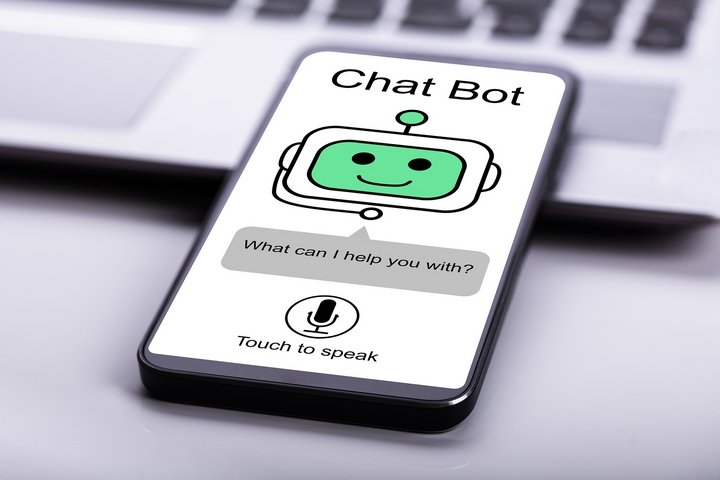If you have grandchildren or teenagers and have been paying attention, you've likely noticed the growing concern about social media and its potential negative impact on teens' mental well-being. This is not a passing trend but a pressing issue that demands our...

Here are six common signs that you might be getting scammed on Facebook Marketplace
Written by
- Incomplete Seller Profiles: If a seller’s profile lacks a profile picture or has very few friends, it could be a red flag. Scammers often create fake profiles with minimal information to appear legitimate but avoid scrutiny .
- Suspicious Photos: Listings with photos that look like they were taken from a website rather than personal snapshots could indicate a scam. Always request additional photos or videos of the item to ensure it’s real.
- Too Good to Be True Deals: Be cautious of deals that seem too good. Extremely low prices for valuable items or offers to pay more than the asking price should raise suspicion. Scammers use these tactics to lure in unsuspecting buyers or sellers. For example, someone selling a vehicle or something you know is valuable, and the price seems meager.
- Urgent or Unusual Payment Requests: Scammers often create a sense of urgency, pressuring you to complete the transaction quickly. They may also request payment through unconventional methods like gift cards, wire transfers, or apps like Zelle, which lack buyer protection features.
- Claims of Non-Receipt: For transactions involving shipping, a common scam is the buyer claiming they never received the item, which can result in the seller losing both the item and the payment. To avoid this, use secure payment methods and ensure you have proof of delivery.
- Phishing for Personal Information: Scammers may ask for unnecessary personal information, such as social security numbers or verification codes, under various pretexts. This is often a ploy to steal your identity or hack into your accounts.
Facebook Marketplace is a great place to sell items. It costs nothing, and you can find items in your local area. Unfortunately, however, bad actors always want your information and are successful if you’re not on top of your game.
Related Articles
Are The Kids Alright?
Will AI Take Over the World, Your Job, Your Mind, and Everyone You Love?
When I asked GPT to give me a funny understanding of what AI is, this is what it returned: "Artificial Intelligence (AI): It's like having a bunch of digital minions living inside your computer, tirelessly crunching data, trying to imitate human intelligence without...
Embracing the Power of AI: A Guide for Seniors on Using ChatGPT and Other AI Tools
In our ever-changing world, technology continues to open doors to make life easier, more convenient, and more connected. For seniors and those over 50, these technological advances can be a helpful ally in day-to-day tasks. One of the most promising new tools is...







